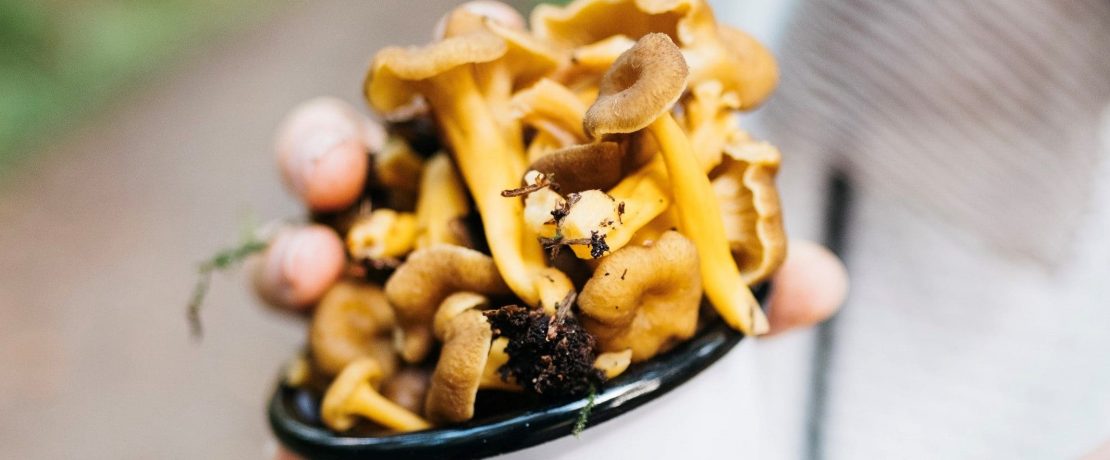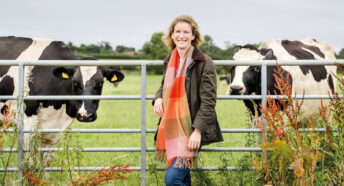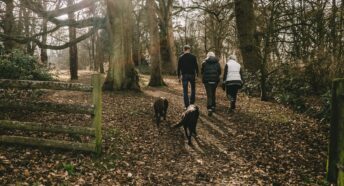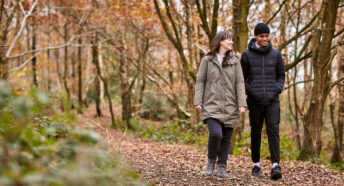Spot some weird and wonderful fungi
They can be easily missed, but mushrooms of all shapes and sizes are hiding in England’s countryside – and autumn is a great time to spot them.
Keep your eyes peeled on your next woodland walk for some of these unusual specimens. Remember: stay on the path, if you plan to pick any then always forage safely and responsibly – and take lots of photos! We’d love to see them on our Facebook, Twitter and Instagram pages.
Fly agaric
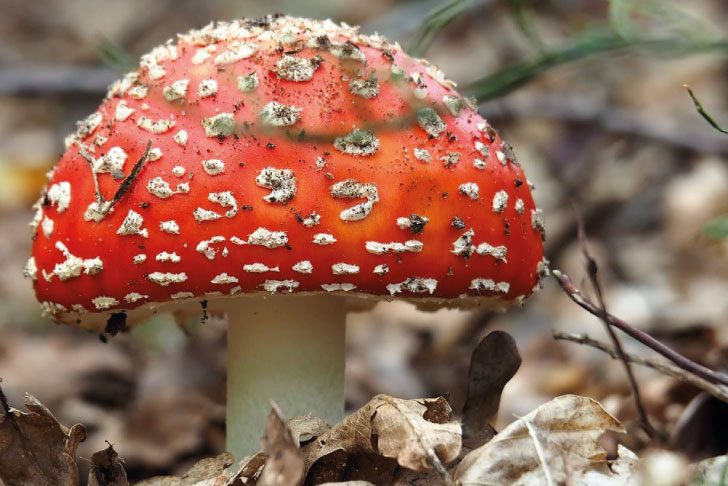
One of the most recognisable of the autumn mushrooms, fly agaric can be found from late summer to the first frosts of winter.
Spotting the bright red caps peeking up from the leaves can make it feel like you’ve been transported into a fairytale. Its name comes from its historic use as natural pest control: fly-plagued countryside-dwellers would sprinkle chopped up chunks of the mushroom into a bowl of milk to form a tasty but deadly trap for insects.
Where to find it: Look for these mushrooms in woodland, growing near birch, pine and spruce.
Common stinkhorn
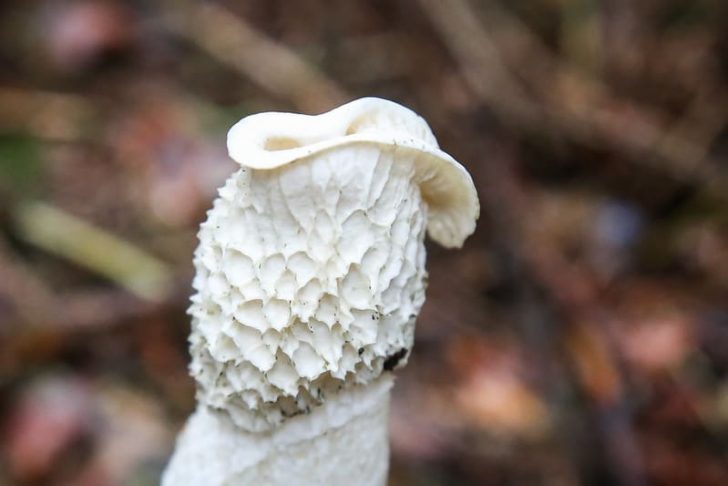
If you come across this distinctively shaped fungus you’ll know straight away where it gets its name: it gives off a strong, unpleasant stench that some people say is like the smell of rotting meat.
But this stink has a purpose. These fungi use it to attract flies and insects which then go on to spread their spores. So if you smell something strange while you’re walking through the woods, have a look around on the ground to see if you’ve stumbled on a stinkhorn!
Where to find it: Stinkhorn are common in woodland from summer to late autumn. Follow your nose…
Shaggy inkcap
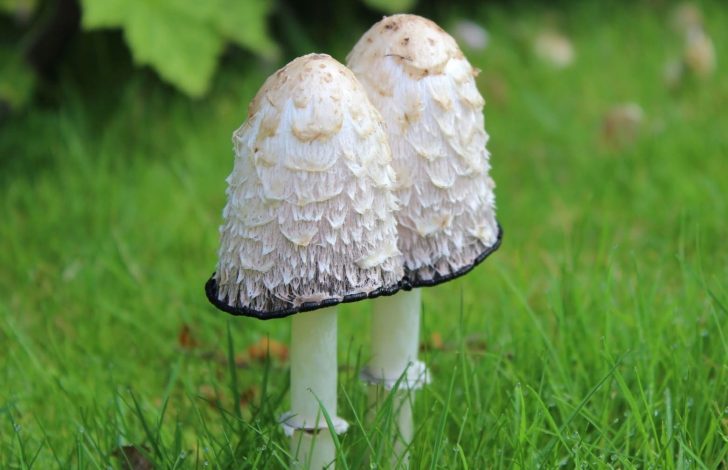
The long, shaggy cap of this fungus has earned it many nicknames, from ‘lawyer’s wig’ to ‘shaggy mane’.
The white scales on its cap give the appearance of a ruffled head of hair, although it looks a lot more mushroom-like when you get close up. And if you’re feeling creative, shaggy inkcaps can be used to make your own ink. Fair warning: mushroom-based ink is a bit smellier than the stuff you get in your ballpoint pen!
Where to find it: Lots of open areas – grassy fields, lawns, parks and even roadside verges.
Bay bolete
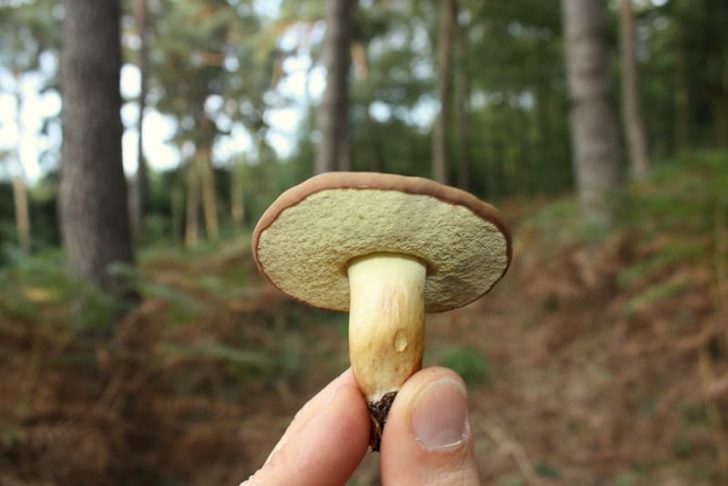
These brown, satisfyingly chunky-looking mushrooms are widely prized as one of the tastiest things to find on an autumn forage (though you should always check a proper mushroom guide and never eat a mushroom if you’re not 100% certain what it is).
These mushrooms have a long season, from summer to late autumn, and their white undersides turn a distinctive blue colour when handled.
Where to find it: Broadleaved or coniferous woodland.
Dead man’s fingers
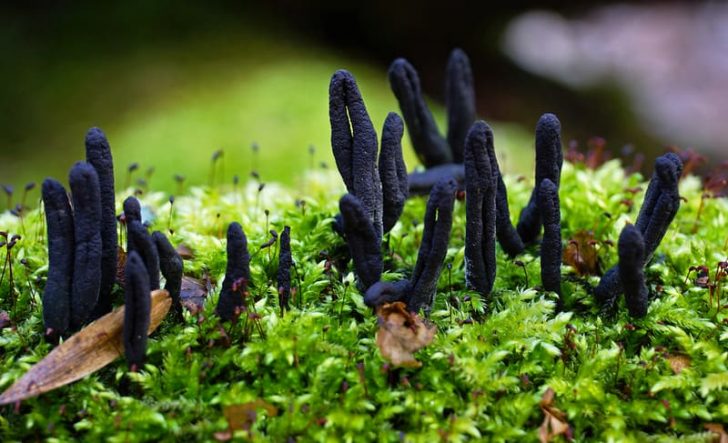
One of the creepiest mushrooms you’re likely to see in England, the black finger-like caps poking up through the soil look like somebody’s hand clawing up from below the earth.
Although you can spot them all year round, dead man’s fingers blacken with age and are at their most distinctive from summer to late autumn.
Where to find it: Growing on rotting wood and tree stumps, poking up through fallen leaves and moss.
